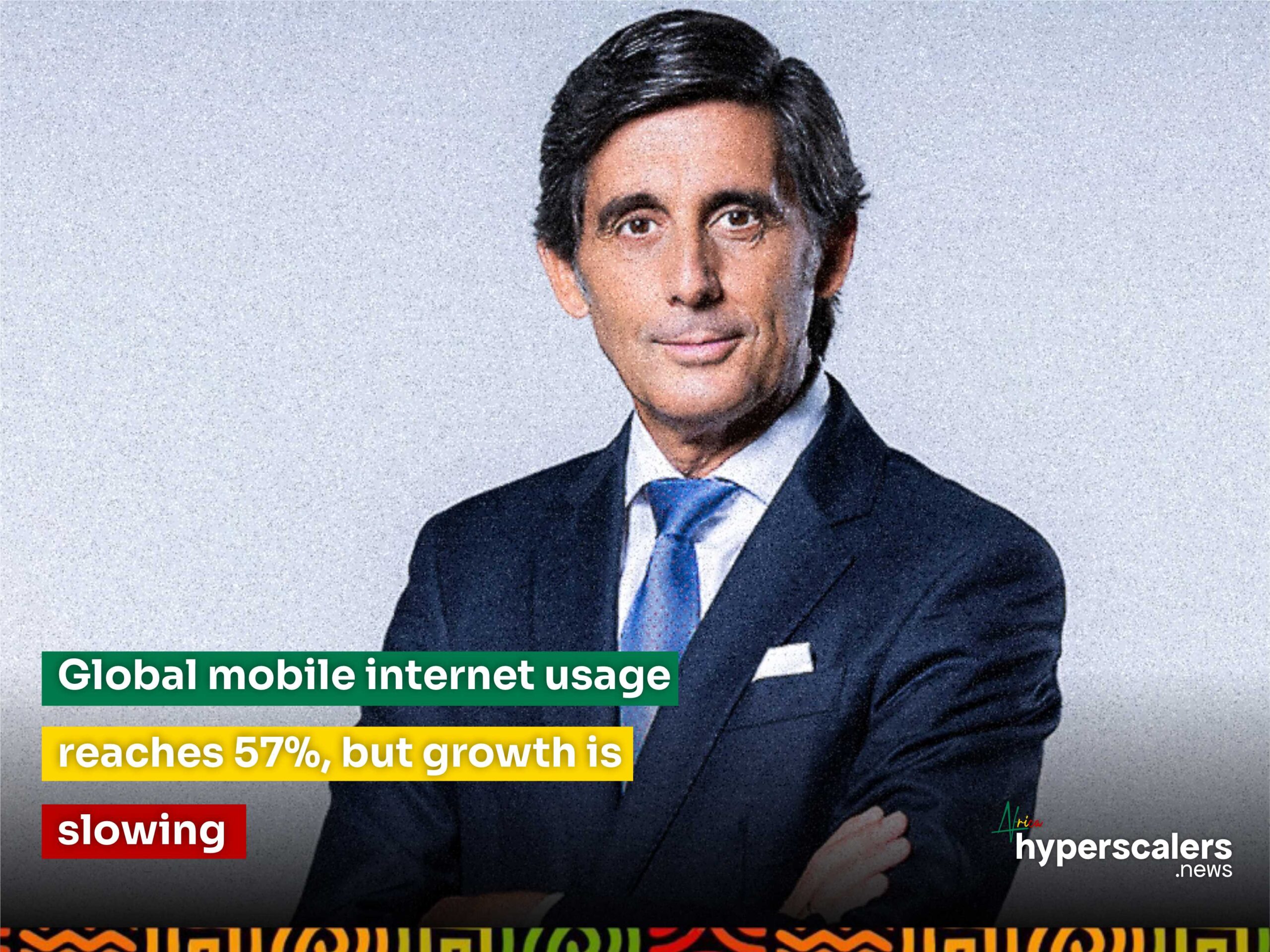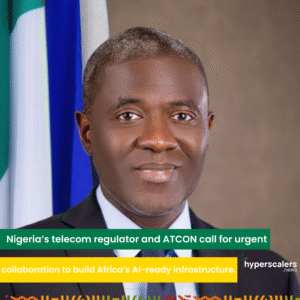More than half of the global population now has access to mobile internet, but the growth rate is slowing. While some of those without access live in remote areas, the majority are in low- and middle-income countries with mobile broadband infrastructure in place.
These insights come from the 2024 State of Mobile Internet Connectivity report by the GSM Association (GSMA), the industry body representing mobile network operators worldwide.
The report also indicated the status on 5G adoption globally, stressing that 5G connections surpassed 1.5 billion by the end of 2023, making it the fastest-growing mobile technology. In its report, GSMA highlights how 5G achieved this milestone in only four years—compared to 3G, which took a decade, and 4G, which took over five years to reach similar numbers.
“Having surpassed 2G and 3G in terms of the number of connections in 2023, it is expected to become the dominant global technology by the end of the decade,” GSMA noted. “The number of connections on 2G and 3G networks will continue to decline in the coming years as users migrate to 4G and 5G.”
Despite the global excitement around 5G, it’s unlikely to take over in many low- and middle-income countries (LMICs) before 2030. In many countries, including Nigeria, legacy networks prevail. For instance, 5G was commercially launched in 2022, and by March 2024, only 1.04% of the country’s total mobile subscriptions—just over 2 million out of 219 million—were connected to 5G. 2G and 3G networks remain predominant, accounting for 60.32% and 10.78% of total subscriptions respectively. 4G still represents only 28% of subscriptions.
This pattern reflects what Ericsson expects to see in Nigeria and other Sub-Saharan African countries, as nations sunset the earlier technologies, and 4G networks remain dominant. Ericsson projects that 4G will continue to drive new subscriptions through 2028, eventually making up half of all mobile connections by 2029. “In the pursuit of modernisation and enhanced connectivity, subscribers are constantly migrating toward 4G networks,” Ericsson explained.
Although 5G is expected to be the world’s leading mobile technology by the end of the decade, GSMA reports that “more than 100 countries and territories had not launched 5G networks at the end of 2023. More than 80 percent of these are LMICs. GSMA Intelligence forecasts that by 2030, 5G penetration in LMICs will be around 55 percent, compared to 120 percent in high-income countries.”
For users who have access, 5G already brings significant improvements. By the end of 2023, the average 5G download speed was about 230 Mbps—over five times faster than 4G speeds. This high-speed connectivity offers broadband access to households without fiber or cable, particularly benefiting those in underserved areas. “This provides high-speed fixed broadband connectivity to households unserved or underserved by fixed networks, particularly those without fiber or cable network access. It can also help close the digital divide between and within countries,” the GSMA explained. However, adoption of 5G Fixed Wireless Access (FWA) remains low, showing room for further growth.





